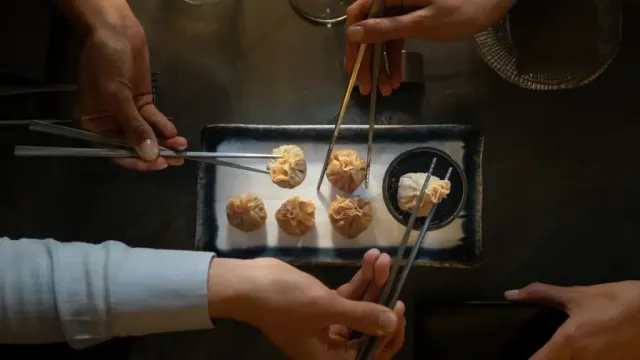Precious metals seen as conservative trade in volatile economic environment
Expert suggests 10%-25% allocation in precious metals as volatility in macroeconomic situations calls for diversifying investment portfolios.
By the looks of it, the complexity of the global economic situation for at least the next five years calls for investors to diversify their portfolio; and playing it safe with precious metals may just bring in better-than-expected returns.
Interviewed by the Singapore Business Review, David Mitchell, founding partner of Indigo Precious Metals Group and Auctus Metal Portfolios, explained the pretext for investing in precious metals in these times, as well as the benefits and potential risks in doing so.
“The global macroeconomic picture is actually quite complex, but at its core, is the global debt crisis,” Mitchell said. “We are looking at a global monetary debasement event that is playing itself out over the next probably next five or eight years.”
Enjoining investors to understand the macroeconomic landscape, Mitchell said that with the global debt crisis lying at the core of the situation, we now see geopolitical tensions, globalization, and a global commodity supercycle that is constraining supply.
To navigate this volatile environment, Mitchell recommended diversifying portfolios into precious metals, which have been a traditional asset class for centuries.
“Gold is considered money,” he stressed. “At the end of the day, global central banks have been net buying physical gold since the year 2010, every single year up to 2022.”
He underscored that for hundreds and thousands of years, gold has been considered money, a crisis hedge, and has zero counterparty risk. The opportunity now is that precious metals are undervalued and look to be a conservative trade rather than a risk trade, he added.
Asset managers looking to diversify investment portfolios would recommend anywhere between 5% and 10% allocation in precious metals; but considering the current extreme economic environment, Mitchell recommends allocating anywhere between 10% to 25%.
With zero third-party liability, such an investable asset base put into precious metals remains a conservative trade at the moment, he said.
Mitchell explained that the supply and demand constraints are severe, with a supply-demand deficit in platinum and extreme types in the market backwardation curves in silver.
However, investing in the mining sector and paper trades such as exchange-traded funds or ETFs have their own risks, including nationalization risk, mismanagement risk, mine floods, counterparty risk, and high expenses.
Price risks are also present, but Mitchell does not see any big-picture risks as the extreme undervaluations and extreme tightness of the high demand picture outweigh them.
So, despite the potential risks, he believes physical precious metals are still considered a conservative trade and that his insights would be beneficial to investors looking at gold, like other precious metals, as an essential portfolio diversification to consider.







![Cross Domain [Manu + SBR + ABF + ABR + FMCG + HBR + ]](https://cmg-qa.s3.ap-southeast-1.amazonaws.com/s3fs-public/styles/exclusive_featured_article/public/2025-01/earth-3537401_1920_4.jpg.webp?itok=WaRpTJwE)







 Advertise
Advertise
